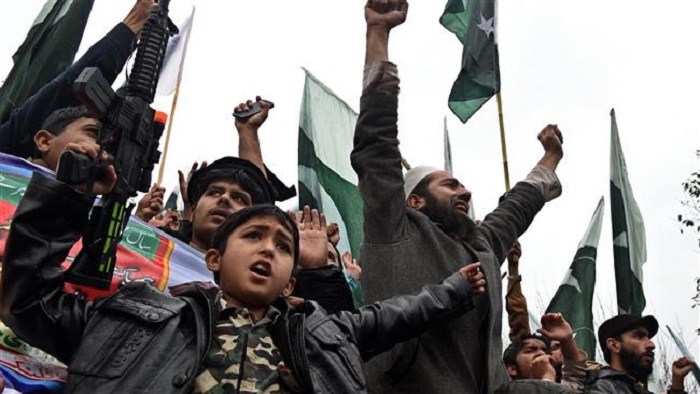Iranian Revolution’s 38th anniversary, 38 years of media repression

The revolution’s first ten years were marked by massive arrests and the execution of several journalists who supported the Shah’s regime, including Ali Asgar Amirani, Simon Farzami and Nasrollah Arman. The deaths of left-wing journalists Said Soltanpour and Rahman Hatefi-Monfared followed.
After the official executions of the “dark years,” extra-judicial executions were used to eliminate journalists. Late 1998 saw a series of murders. Journalist and editor Ebtekar Ebrahim Zalzadeh’s body was found with 15 stab wounds. Potassium was used to murder Majid Charif, a journalist with the magazine_ Iran-e-Farda_. Journalists and writers Mohammad Mokhtari and Mohamad Jafar Pouyandeh were strangled to death. No one ever found the body of PirouzPirouz Davani, a newspaper editor who had been abducted in 1997.
Letting journalists die slowly
The revolution has adopted a different strategy during the past 15 years, one that is less visible but no less effective in throttling freedom of information. By holding journalists for years in prison, where they are subjected to torture, mistreatment and denial of medical care, the regime lets them die slowly.
The blogger Sattar Beheshti was tortured to death at the headquarters of the FTA (Iran’s cyber-police) in 2012 for daring to criticize the regime on Facebook.
The photojournalist Zahra Kazemi and the young blogger Omidreza Mirsayafi also died as a result of being mistreated while in detention. Detained journalists have often put their lives at risk by going on hunger strike in protest again prison conditions or the deaths of fellow journalists in detention. They include Hoda Saber, an Iran-e-Farda writer who died in detention in 2011.
Arbitrary arrests
The run-up to the revolution’s anniversary brought no relief for journalists this year. In fact, the persecution has clearly intensified because of the presidential election due to be held in May. The past two months have been marked by another series of arbitrary arrests under procedures that deny journalists the right to due process, have no basis in Iranian law and constitute a flagrant violation of the Universal Declaration of Human rights and the International Covenant on Civil and Political Rights.
The blogger Baran Mehdi Khazali was arrested for the eighth time since 2009 on 5 February, after openly criticizing the regime in interviews for Voice of America and DorTV. He was one of the first to question the official reason for former President Akbar Hashemi Rafsanjani’s death and to suggest he might have been murdered by drowning. Now held in Tehran’s Evin prison, Khazali was given a 14-year jail sentence in 2011.
Zeniab Karimian, a woman journalist who hosts a programme on Iran’s 3rd TV channel, and Saleh Deldam, a young filmmaker, were arrested at their home on 23 January by plainclothesmen and were taken to an unknown location. Since then, their families have been told nothing of their fate.
Borna News social affairs editor Tahereh Riahi was arrested at her workplace on 27 December and was placed in solitary confinement in Section 209 of Evin prison. According to the information obtained by RSF, she is now in very poor physical and psychological health.
Prison or flogging
Prison is not the only method used to silence journalists. Under the Islamic penal code, corporal punishment can often be applied. The various penalties available to judges include flogging in addition ot stoning, torture and death. Under articles 609 and 698, criticizing government officials or publishing false news is punishable by 74 lashes. Although inhuman, degrading and primitive, this punishment has often been used during the past ten years.
Five journalists were sentenced to be flogged from 2000 to 2005. And since 2009 (and the protests against President Mahmoud Ahmadinejad’s controversial reelection in June of that year), no fewer than 40 journalists and citizen-journalists have been sentenced to a total of 2,000 lashes.
The tendency to use this cruel and humiliating punishment has increased of late. In 2016, journalist and documentary filmmaker Kaivan Karimi was sentenced to 223 lashes, the journalist Mohammad Reza Fathi was sentenced to 459 lashes and Shahrood News website editor Mostafa Sharif was sentenced to 40 lashes.
Gilan Novin and Gilan Noo news website editors Mostafa Brari and Arash Shoa Shargh were sentenced at the end of last month to 114 lashes and 40 lashes respectively. In their case, the sentences have yet to be carried out. But















































